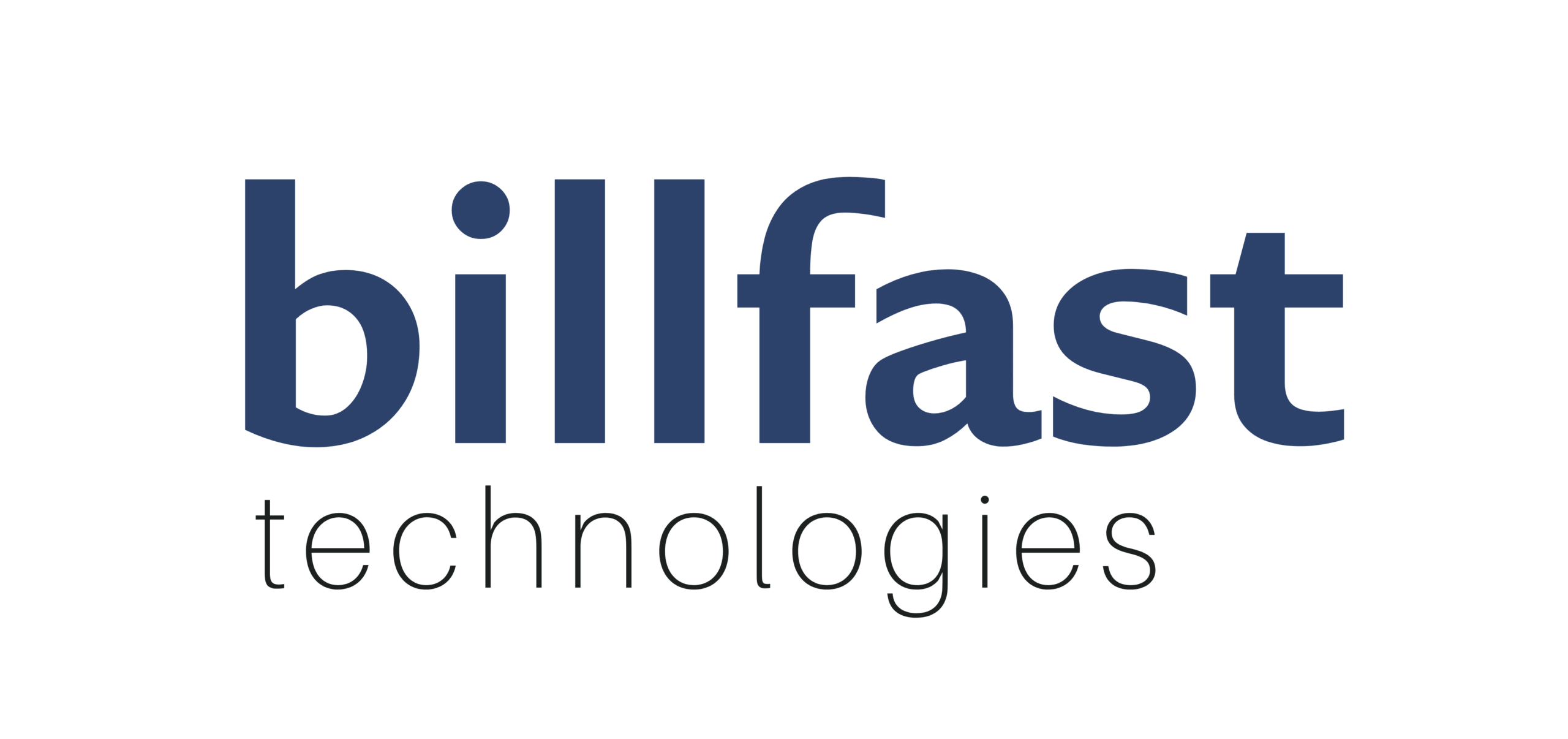Introduction
For healthcare providers, managing finances is as critical as providing patient care. One key decision many clinics face is whether to outsource billing or handle it in-house. With rising administrative costs and increasing insurance complexities, many are turning to Medical Billing Services in USA. But are they truly worth the investment? This article breaks down the costs, compares them to in-house billing, and evaluates the return on investment (ROI).

Understanding the True Cost of In-House Billing
Running an in-house billing department comes with several hidden and direct costs:
- Staff Salaries: Billing specialists, coders, and support staff require competitive compensation.
- Training & Certification: Ongoing education is necessary to keep up with evolving billing codes and compliance requirements.
- Software & Maintenance: Practices must invest in Electronic Health Record (EHR) and billing software, plus IT support.
- Claim Denials & Errors: Mistakes or outdated processes often lead to revenue loss through denials or late payments.
These overheads can quickly add up and strain smaller practices, especially without expert oversight.
What Do Medical Billing Services in USA Typically Cost?
Professional billing services typically charge:
- 4% to 10% of Monthly Collections: This is performance-based and usually includes claim submission, follow-ups, and reporting.
- Setup or Integration Fees: One-time fees may apply for software integration and onboarding.
- Add-On Services: Some companies offer credentialing, coding audits, or denial management at extra cost.
While this might seem like an added expense, the value comes from improved efficiency and better cash flow.
Benefits That Justify the Cost
1. Higher Collection Rates
Experts reduce claim rejections and improve reimbursement timelines by submitting cleaner claims.
2. Fewer Administrative Burdens
Outsourcing frees your internal team to focus on patient care and front-desk operations.
3. Compliance and Security
Medical Billing Services in USA stay up-to-date with HIPAA regulations and payer changes, reducing legal and financial risk.
4. Detailed Reporting
Get clear insights into revenue performance, denied claims, and collection trends without internal staff juggling multiple tools.
Cost vs. Return: The ROI Equation
When evaluating ROI, consider this:
- Practices often recover more revenue with fewer resources.
- Time saved on billing processes means more time with patients, improving overall satisfaction.
- Fewer claim denials lead to faster cash flow and fewer write-offs.
For most clinics, especially small to mid-sized ones, the long-term savings and growth potential outweigh the initial costs of outsourcing.
Conclusion
So, are Medical Billing Services in USA worth the investment? Absolutely—if your goal is to streamline operations, reduce errors, and grow revenue. The upfront cost is small compared to the financial and operational gains in the long run.
👉 Connect with us on LinkedIn and get expert insights tailored to your specialty.


